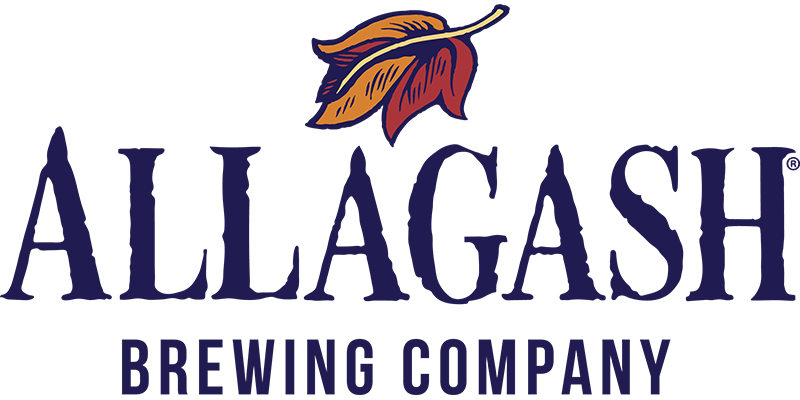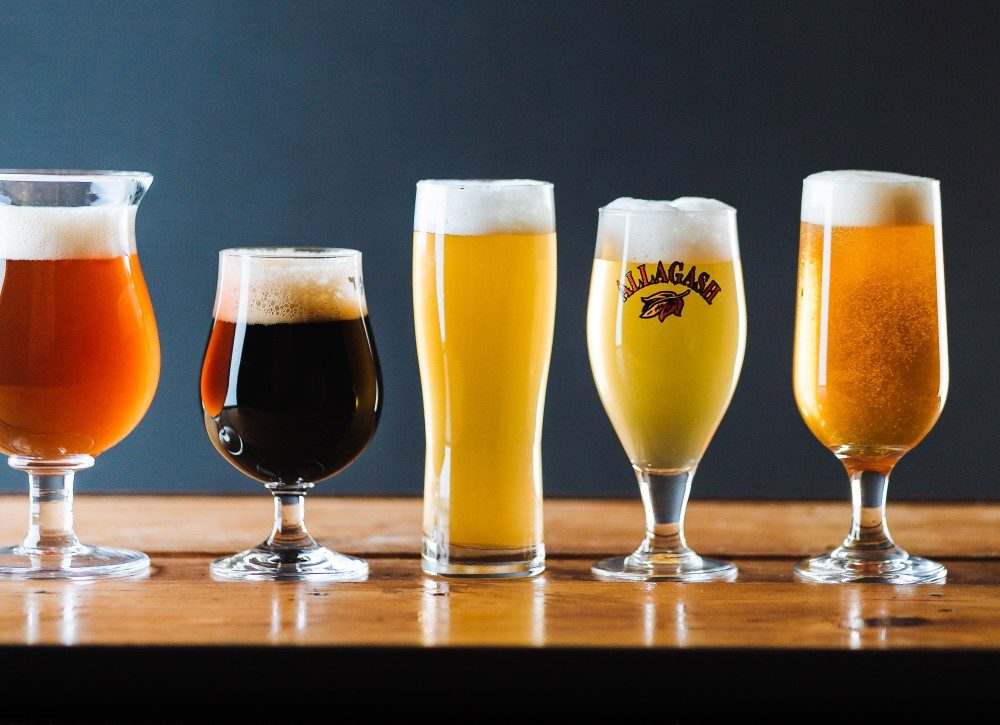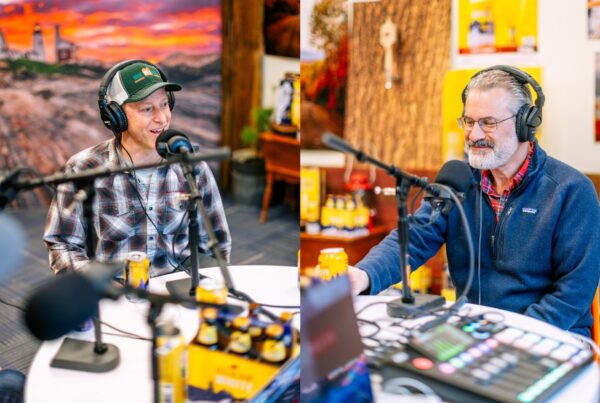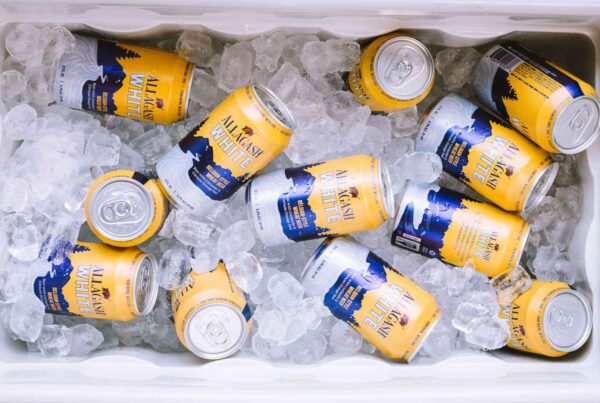Beer styles are meant to give you an idea of what you’re going to experience, before you experience it. Think of it like a genre of movie, but for beer. In the same way that you know, generally, what to expect when you hear action movie, rom-com, or drama, beer enthusiasts know what to expect when they hear biére de garde, California common, or wee heavy.
And in the same way that not all action movies are exactly alike, not all IPAs (India Pale Ales) are going to taste exactly the same. But the style “India Pale Ale” means that you should expect certain elements to be present: hop-dominated aroma and flavor, anywhere from a gold to light-amber hue, and around 6-8% alcohol by volume, among other things.
How many beer styles are there?
To be clear, there are quite a few beer styles out there. Like, literally hundreds of beer styles. However, the number of beer styles you’ll see represented in your average bar are much more manageable. In fact, we wrote a blog about the five most common beer styles that, once you understand them, will help you navigate your way through almost any craft beer menu.
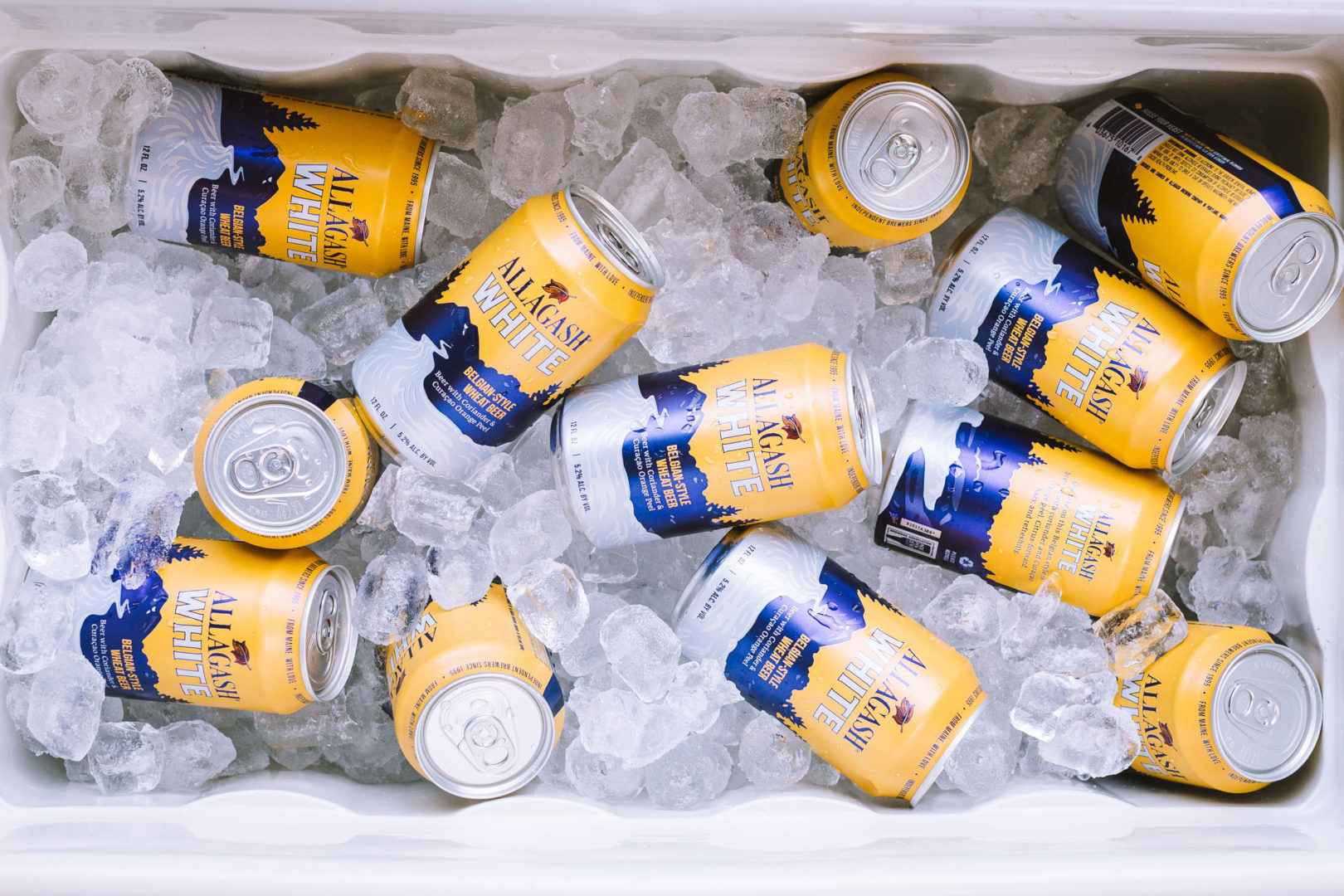
Beautifully chilled cans of our Belgian-style wheat beer.
Beer Styles as Guideposts
In our view, the fun of beer is that exploration. Both trying an unfamiliar beer style, or trying a new brewer’s take on a style you know and love. To mix our metaphors, beer styles also offer a wonderful road map to find new beers that you’ll love. For example, if you know you’re a fan of American wheat beers, you can look at other beer styles brewed with a significant portion of wheat. One example would be the Belgian witbier style (we make one of those…). From there, you could try a hefeweizen, a German style of wheat beer. And from there, because of its similar-ish flavor profile, you can jump over to a Belgian blonde ale. And then a Belgian Tripel. And with every beer, you’ll find something slightly different to appreciate and experience.
Now, we’ll be the first to say that styles are not infallible. There are plenty of styles out there that are so similar as to be almost identical—as we explored in a blog that looked at the difference between porters and stouts. And there are other beers that defy style guidelines altogether. In fact, a beer that many employees at Allagash love, Orval, is perfectly undefinable: golden-ish with yeast-derived esters, a hint of malt, and a complex finish thanks to Brettanomyces yeast. Is it a wild beer? Is it a blonde ale? No, it’s Orval.
And in today’s brewing scene, style guidelines are being bent and broken all over the place (not that that’s a bad thing, it just makes the whole situation that much more confusing).
How do we think about styles?
To be honest, we, at Allagash, don’t typically worry too much about styles when we’re coming up with new beers. We brew beers based on the flavors and aromas we’re after and figure out the style later. As a result, we end up with beers that straddle categories, are hybrids of different categories, or defy them all together. Funny enough, this is actually in keeping with the Belgian brewing tradition, where there is a mix of both traditional styles (like Tripel, Dubbel and White) but also a huge number of well-loved Belgian beers that don’t fit in any category.
In fact, talk to any American brewer and it’s likely that they’ll say that one of their favorite parts of the brewing scene today is the wild and irrepressible creativity on display. Not only is that pioneering spirit creating entirely new styles of world-renowned beer—like the “New England Style IPA” which, until about 2017, wasn’t an official style—it’s pushing the boundaries of what craft beer can be.
So next time that you head to the bar, let the bartender know which styles of beers you tend to enjoy and ask them to recommend something you’ve never tried. We’re going to guess that that beer will be the first of a whole world of new experiences.
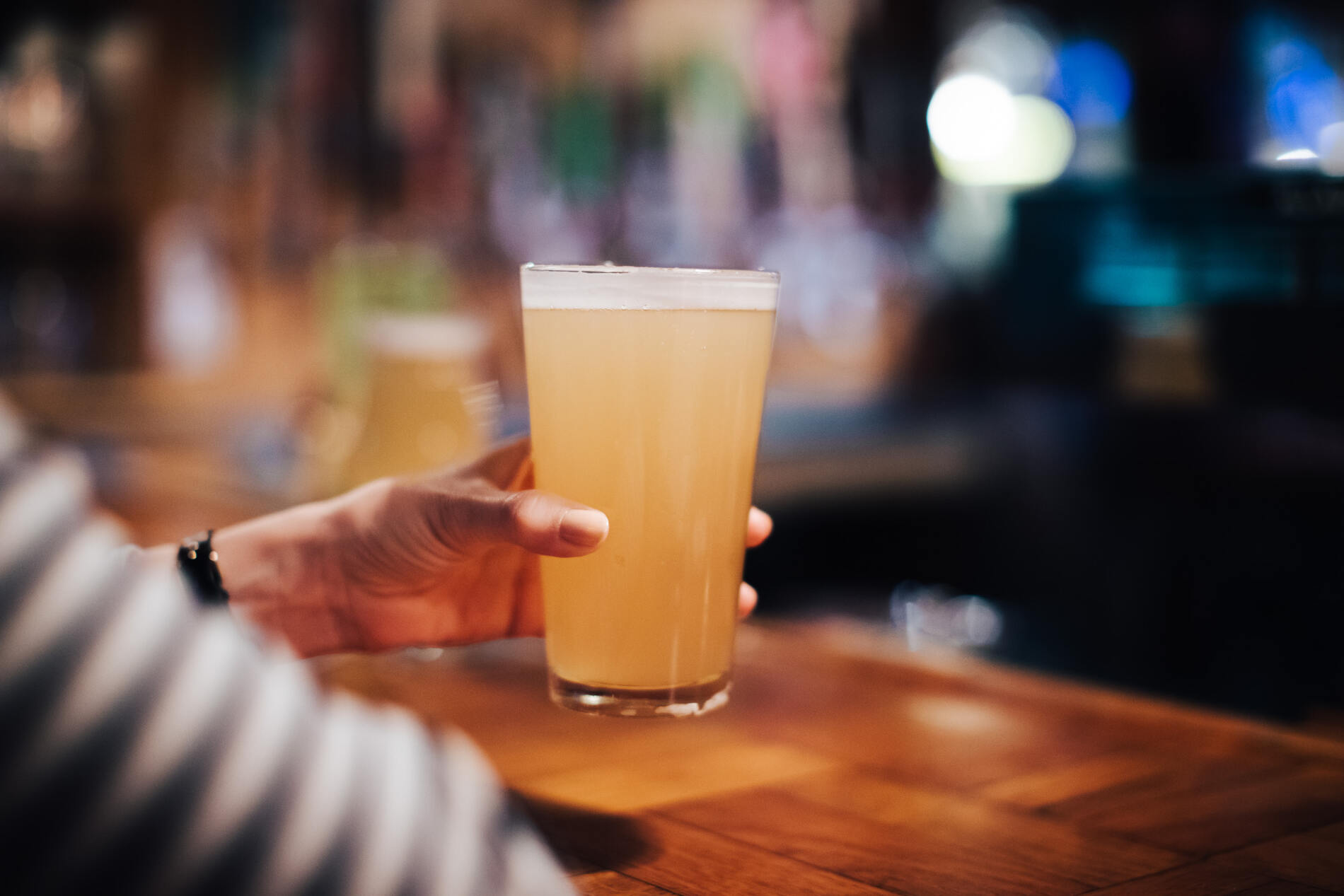
Cheers!
